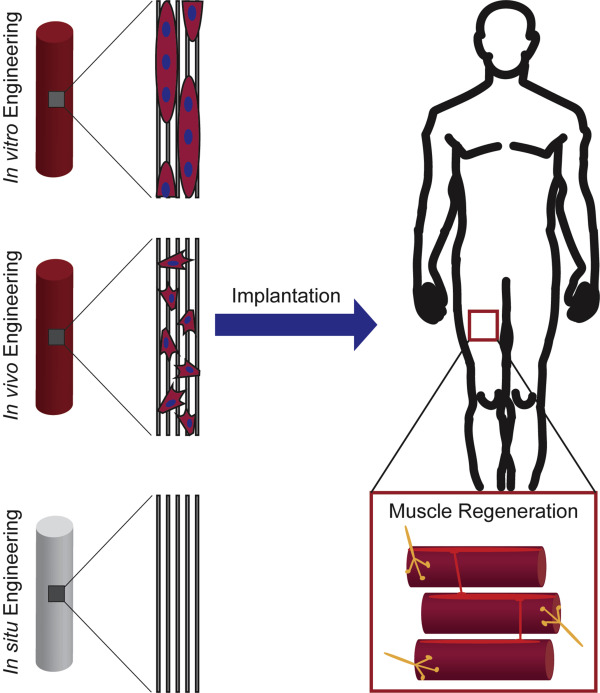Elsevier, Biological Conservation, Volume 246, June 2020
The destruction of natural habitats is causing loss of biodiversity and ecosystem services. Although a “zero deforestation” is targeted, agriculture expansion caused by increasing human population and per capita consumption might boost the destruction of natural habitats in the coming decades. Here, we estimated the current and future extinction crisis in terrestrial ecoregions caused by habitat destruction and related this pattern with the current conservation efforts.
Elsevier, Neurobiology of Disease, Volume 139, June 2020
Objectives: The mechanisms leading to neurodegeneration in Alzheimer's disease (AD) may involve oxidative stress and neuroinflammation. Ceruloplasmin (Cp) is a circulating protein that intersects both these pathways, since its expression is increased during the acute phase response, and the protein acts to lower pro-oxidant iron in cells. Since the role of Cp in AD, and its potential for use as a biomarker is not established, we investigated CSF Cp and its association with longitudinal outcome measures related to AD.
Elsevier, Asian Journal of Psychiatry, Volume 51, June 2020
At the start of 2020, the 2019 coronavirus disease (COVID-19), originating from China has spread to the world. There have been increasing numbers of confirmed cases and deaths around the globe. The COVID-19 pandemic has paved the way for considerable psychological and psychosocial morbidity among the general public and health care providers. An array of guidelines has been put forward by multiple agencies for combating mental health challenges. This paper addresses some of the mental health challenges faced by low and middle income countries (LMIC).
Elsevier, Current Research in Green and Sustainable Chemistry, Volume 3, June 2020
Obesity represents an important public health concern because it substantially increases the risk of multiple chronic diseases and thereby contributing to a decline in both quality of life and life expectancy. Besides unhealthy diet, physical inactivity and genetic susceptibility, environmental pollutants also contribute to the rising prevalence of obesity epidemic.
Elsevier, Current Opinion in Green and Sustainable Chemistry, Volume 23, June 2020
To be socially accepted widely, the emerging circular bioeconomy needs to rely increasingly on residual bio-based feedstock and waste, hence reducing its dependency on crops which are in competition with agriculture/food markets. Food waste represents a valuable option as it allows for the production of a wide range of bio-based products ranging from biofuels to bioplastics. First successful experiences have shown that the involvement of stakeholders with different behaviours, values and backgrounds is a key enabler of the process.
Elsevier, Materials Today Bio, Volume 7, June 2020
Repair of injured skeletal muscle is a sophisticated process that uses immune, muscle, perivascular, and neural cells. In acute injury, the robust endogenous repair process can facilitate complete regeneration with little to no functional deficit. However, in severe injury, the damage is beyond the capacity for self-repair, often resulting in structural and functional deficits. Aside from the insufficiencies in muscle function, the aesthetic deficits can impact quality of life.
Elsevier, EClinicalMedicine, Volume 23, June 2020
Background: There is a growing body of research exploring how intimate partner violence affects contraceptive decision-making, recognizing that these decisions are reflective not only of access and acceptability, but also spousal power imbalances. Unfortunately, there is a dearth of knowledge regarding contraceptive choices following gender-based violence during pregnancy. There are an estimated 7·8 million in India affected by violence during pregnancy, and an ongoing, heavy reliance on female sterilization as the dominant form of contraception.
Elsevier, Soil and Tillage Research, Volume 200, June 2020
Soil organic matter (OM) stratification and macro and micro fauna are both good indicators for the evaluation of soil ecological functioning, which is interrelated with nutrient cycles. To the best of the authors’ knowledge, responses of the degree of OM stratification with soil depth expressed as a ratio, and belowground biota to forest degradation and land cover changes have received little attention, particularly in northern Iran.

